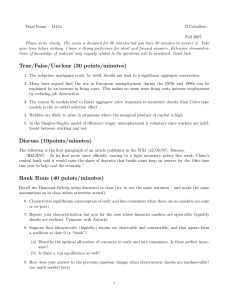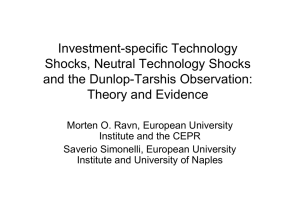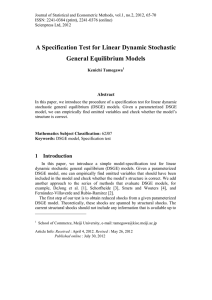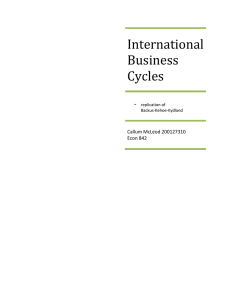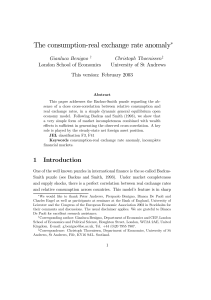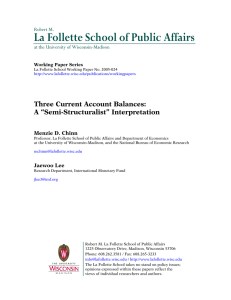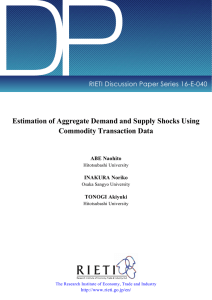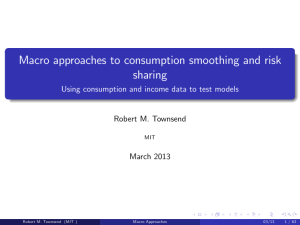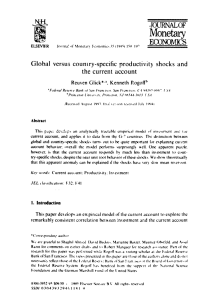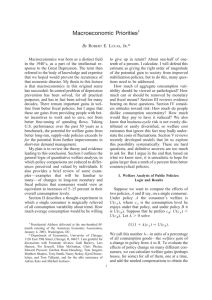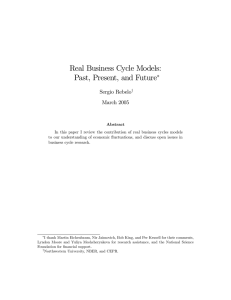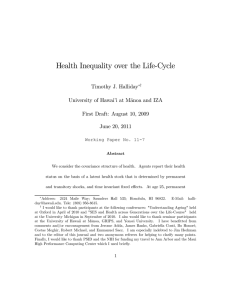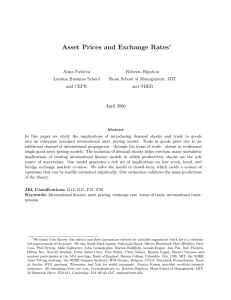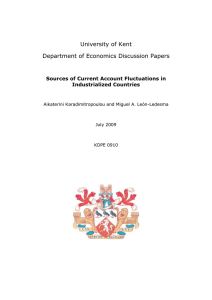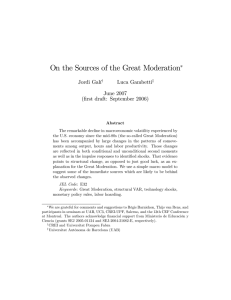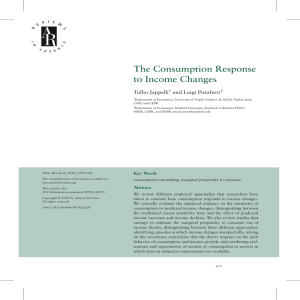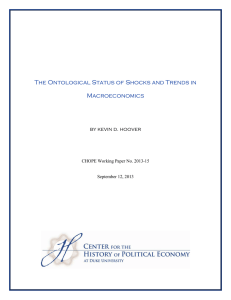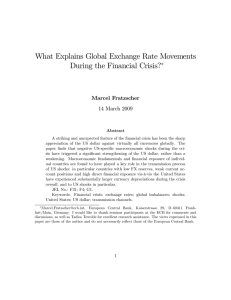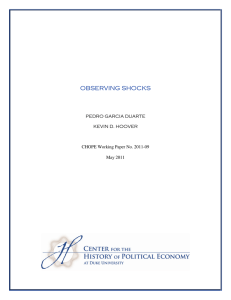Document 13570570
advertisement
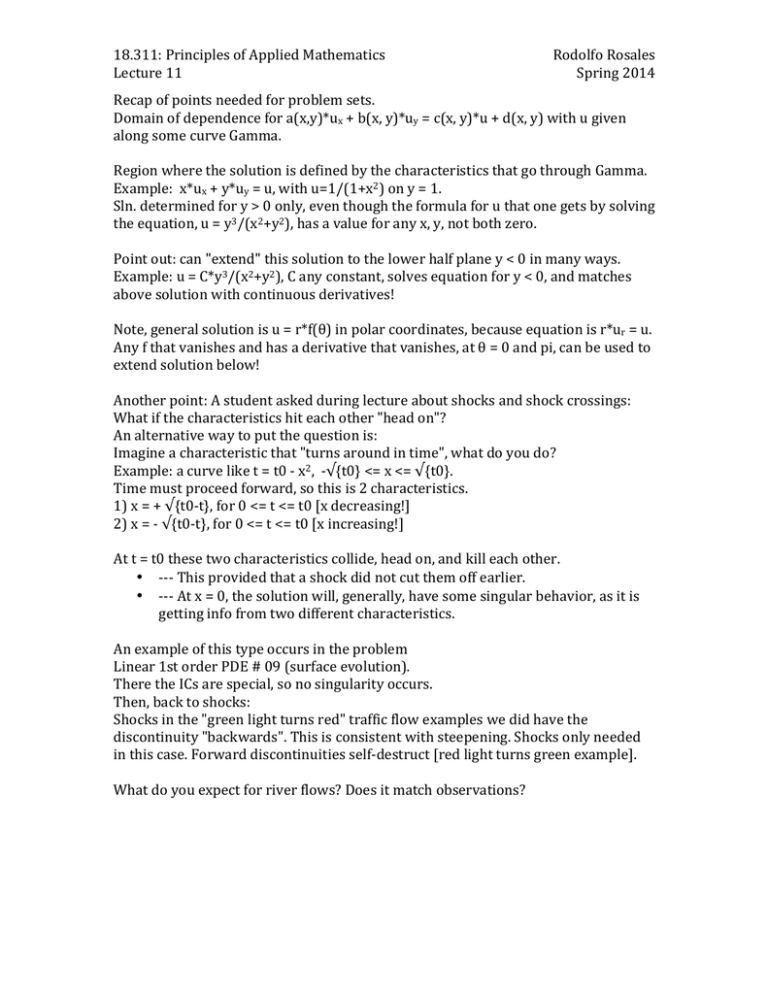
18.311: Principles of Applied Mathematics Lecture 11 Rodolfo Rosales Spring 2014 Recap of points needed for problem sets. Domain of dependence for a(x,y)*ux + b(x, y)*uy = c(x, y)*u + d(x, y) with u given along some curve Gamma. Region where the solution is defined by the characteristics that go through Gamma. Example: x*ux + y*uy = u, with u=1/(1+x2) on y = 1. Sln. determined for y > 0 only, even though the formula for u that one gets by solving the equation, u = y3/(x2+y2), has a value for any x, y, not both zero. Point out: can "extend" this solution to the lower half plane y < 0 in many ways. Example: u = C*y3/(x2+y2), C any constant, solves equation for y < 0, and matches above solution with continuous derivatives! Note, general solution is u = r*f(θ) in polar coordinates, because equation is r*ur = u. Any f that vanishes and has a derivative that vanishes, at θ = 0 and pi, can be used to extend solution below! Another point: A student asked during lecture about shocks and shock crossings: What if the characteristics hit each other "head on"? An alternative way to put the question is: Imagine a characteristic that "turns around in time", what do you do? Example: a curve like t = t0 -­‐ x2, -­‐√{t0} <= x <= √{t0}. Time must proceed forward, so this is 2 characteristics. 1) x = + √{t0-­‐t}, for 0 <= t <= t0 [x decreasing!] 2) x = -­‐ √{t0-­‐t}, for 0 <= t <= t0 [x increasing!] At t = t0 these two characteristics collide, head on, and kill each other. • -­‐-­‐-­‐ This provided that a shock did not cut them off earlier. • -­‐-­‐-­‐ At x = 0, the solution will, generally, have some singular behavior, as it is getting info from two different characteristics. An example of this type occurs in the problem Linear 1st order PDE # 09 (surface evolution). There the ICs are special, so no singularity occurs. Then, back to shocks: Shocks in the "green light turns red" traffic flow examples we did have the discontinuity "backwards". This is consistent with steepening. Shocks only needed in this case. Forward discontinuities self-­‐destruct [red light turns green example]. What do you expect for river flows? Does it match observations? MIT OpenCourseWare
http://ocw.mit.edu
18.311 Principles of Applied Mathematics
Spring 2014
For information about citing these materials or our Terms of Use, visit: http://ocw.mit.edu/terms.
